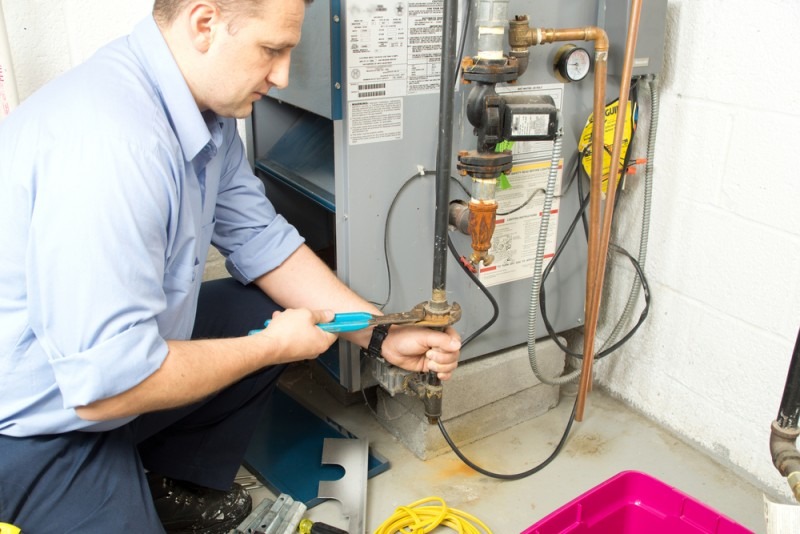AGA proposal on DOE furnace rule balances energy conservation with consumer protection

The American Gas Association (AGA) proposed an adjustment to the U.S. Department of Energy’s (DOE) Supplemental Notice of Proposed Rulemaking on Energy Conservation Standards for Residential Furnaces this week, which would balance energy efficiency while protecting low-income consumers.
The AGA proposal would adjust the standard threshold to 70 kBtu, or British thermal units, from 55 kBtu, which would more effectively balance U.S. energy efficiency while protecting vulnerable consumers.
The DOE recognized the market option of non-condensing furnaces was still necessary for some consumers. The AGA said limiting non-condensing furnace options with heating capacities of 55 kBtu or less would leave low-income consumers without heat due to the comparatively high initial cost of condensing furnaces.
Condensing furnaces cost approximately $350 more than non-condensing furnaces on average, in addition to the approximate $1,500 to $2,200 charged for installation. A DOE analysis found the proposed 55 kBtu threshold would economically harm approximately one in six low-income households throughout the southern United States.
“The fundamental structure of the rule and its size-differentiated approach, is a significant step forward toward a better outcome for all consumers,” AGA Vice President of Policy Kathryn Clay said. “But we remain deeply concerned that the rule will impose significant economic burdens to far too many American consumers.”
Clay added, “We believe the actual number of households likely to be harmed is far greater. Many homeowners living in apartments, town homes and row-houses will face structural barriers to installing condensing furnaces that will force them into options that will be economically burdensome, and less energy efficient overall, in the longer term.”
The Gas Technology Institute (GTI) analyzed the DOE’s methodology of modeling consumer choice and exposed flaws in the DOE’s strategy, AGA said.
A threshold of 70 kBtu would establish a clear trend in the energy market without the undue harm caused by an abrupt shift to 55 kBtu, Clay said.
